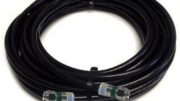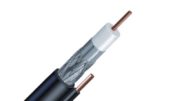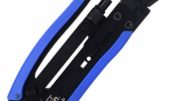Of course, it depends on what you’re using it for.
In most cases, RG6 cable is the best choice, but let’s back up. RG specifications (the “RG” used to stand for “radio guide”) are used to distinguish different types of cables, but they aren’t the only way. In most cases an RG6 cable has better shielding than an RG59 cable, and is thicker because of it. However, many RG59 cables are just RG6 cables that didn’t quite meet those specs and are just repackaged.
How to tell what you have
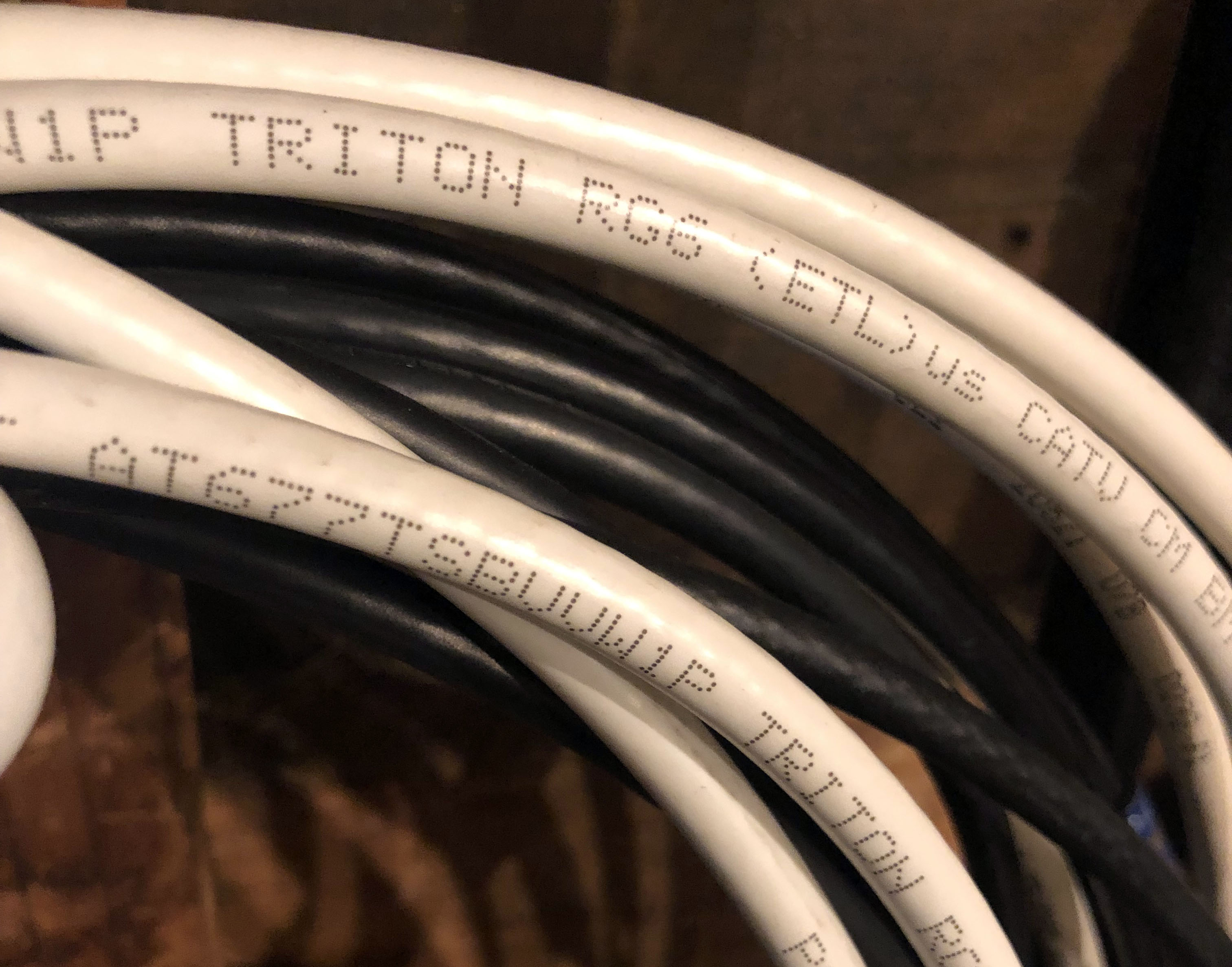
If you look at almost any cable, you’ll see words on the side. It should say that it is RG59, RG6, or RG11. If it doesn’t, it’s probably not a professional grade cable and you should avoid it. You can google the writing on the side and generally get more information,
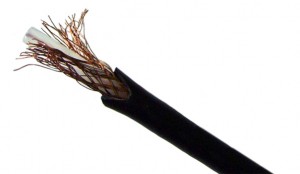
If you open up any of these cables you should find a braided metal sheath surrounding a white or clear plastic center that has a piece of copper in the center.
RG59 is for antennas
Generally I don’t even buy RG59 cable anymore but if I do it’s going to be for an antenna. RG59 cable has higher loss and isn’t generally able to handle the frequencies used by satellite.
RG6 is used for most satellite cables
Properly made RG6 cable should give you the ability to get a stronger signal over a longer run, which is important for satellite TV since there’s a lot more signal there. Antennas are often OK with RG59 cable but do just fine with RG6 as well.
RG11 is only for special uses
RG11 cable is made for special purposes like burial or very long runs. It’s so thick that it needs special connectors and is very hard to bend. It’s a real pain to use and isn’t recommended for most indoor installations.
What to look for in a cable
When you’re looking for a cable for your satellite system, you should also be looking for cables that are sweep-tested to 3GHz (meaning that they are guaranteed to work with satellite) and have a solid copper core conductor anywhere that power is going to be used (like where the power inserter is placed.) Quad-shielded cables aren’t really that important for home but they don’t hurt.
If you’re looking at cables that you’ve salvaged from other projects, take careful stock of what you have. Is there any corrosion around the connectors? Does it look like the cable was bent sharply at any time? Older cables aren’t always the best bet. They may come in handy for a short while, but if you’re looking for a long-term solution, you may want to buy new cables.
If you want to learn an awful lot more about cables, check out Cables 101, our series that takes you through all the different types of cables and all the terms associated with them.
Where to buy cables
If you’re looking for cables for satellite TV, cellular boosters, or pretty much anything other than plain old TV antennas, skip the home store. Most of the cables you’ll find there are lower quality. They have ends molded onto them that aren’t commercial grade. Even bulk cables from home stores don’t usually have solid copper center conductors, which is a must for most modern satellite TV installations.
Instead, buy from a high-end retailer like Solid Signal. You’ll find the cable you’re looking for and you’ll know it’s right for your needs. Plus, you’ll find tons of free tech support and you can reach real technicians at our 100% US-based call center who can help you decide what’s best for your needs.


